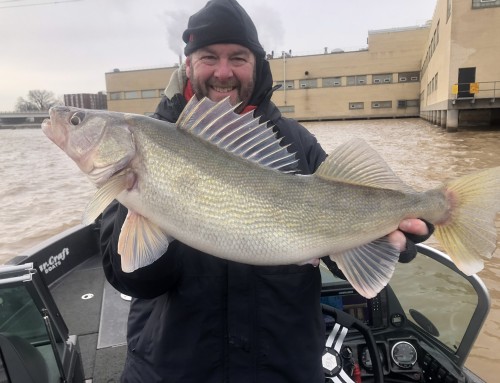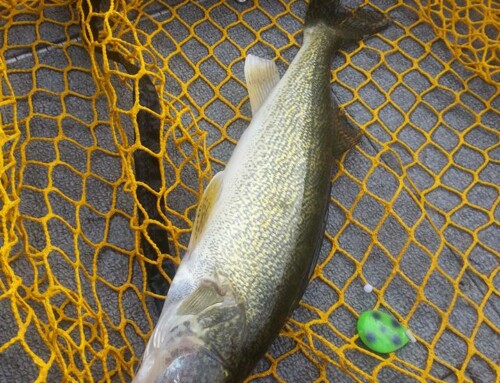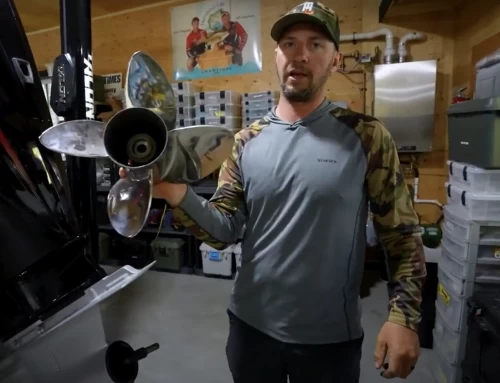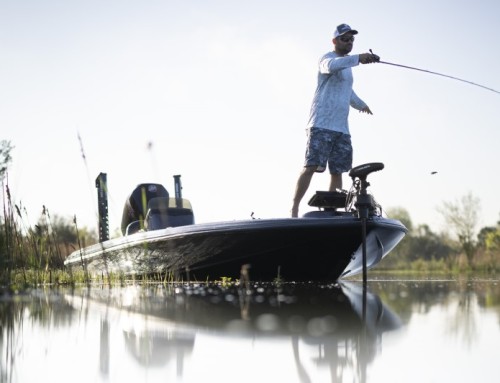Trophy walleyes for die hard anglers
By Mark Schram, Myfishigpartner.com
Every year, late October comes in with a cold north wind, signaling winter is just around the corner. Many avid sportsmen are keyed into the local hunting scene, often in the woods with their bows stalking rutting deer. While some of the best bucks are harvested in late October and early November, many of the largest walleyes are also active putting on the feedbag getting ready for winter. Many anglers miss this incredible bite because this is hard-core fishing, with extreme temperatures and long nights required to be productive. 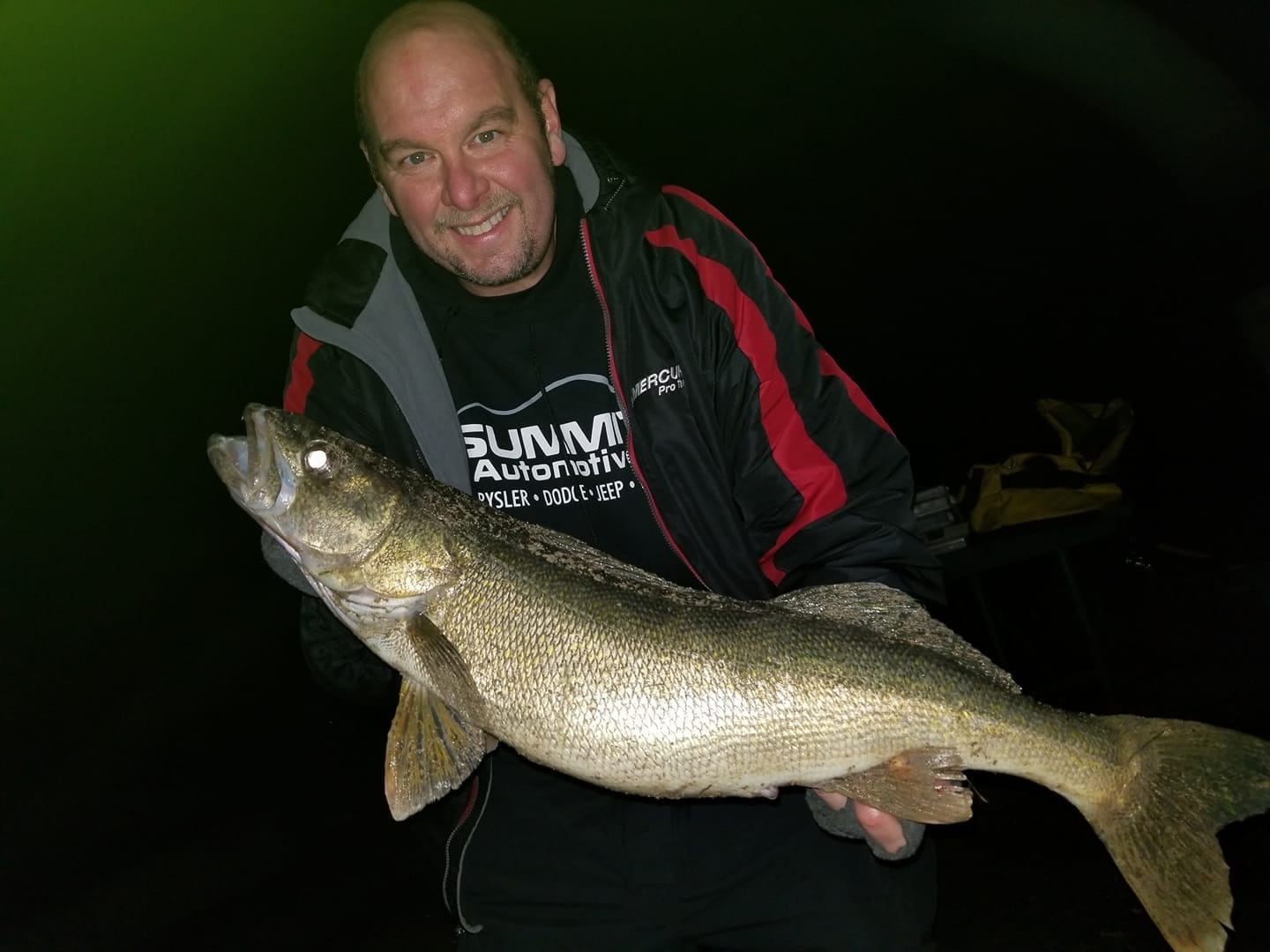
In northeast Wisconsin, several major bodies of water such as the Bay of Green Bay, have migrating walleyes in late fall. Turnover has likely occurred. Oxygen levels are dropping, and food sources are depleting. The walleyes are often migrating through the main bay, seeking bait fish which have been drawn to warmer water like rivers, bays and feeder creeks. As the bait moves so do the predator fish.
On Lake Winnebago a similar occurrence happens. By early November a push of walleyes have already made their way up the Fox and Wolf Rivers. These walleyes will stay in the rivers until food sources deplete before sliding back into Lake Poygan, Lake Winneconne, or Lake Winnebago post ice up.
Another group of walleyes will stage just outside the Fox River in Oshkosh, seeking warmer water typically flowing out of the Fox River. This also provides food sources from slow moving bait getting pushed out to the lake with current. Often these fish will remain in this general area until ice up.
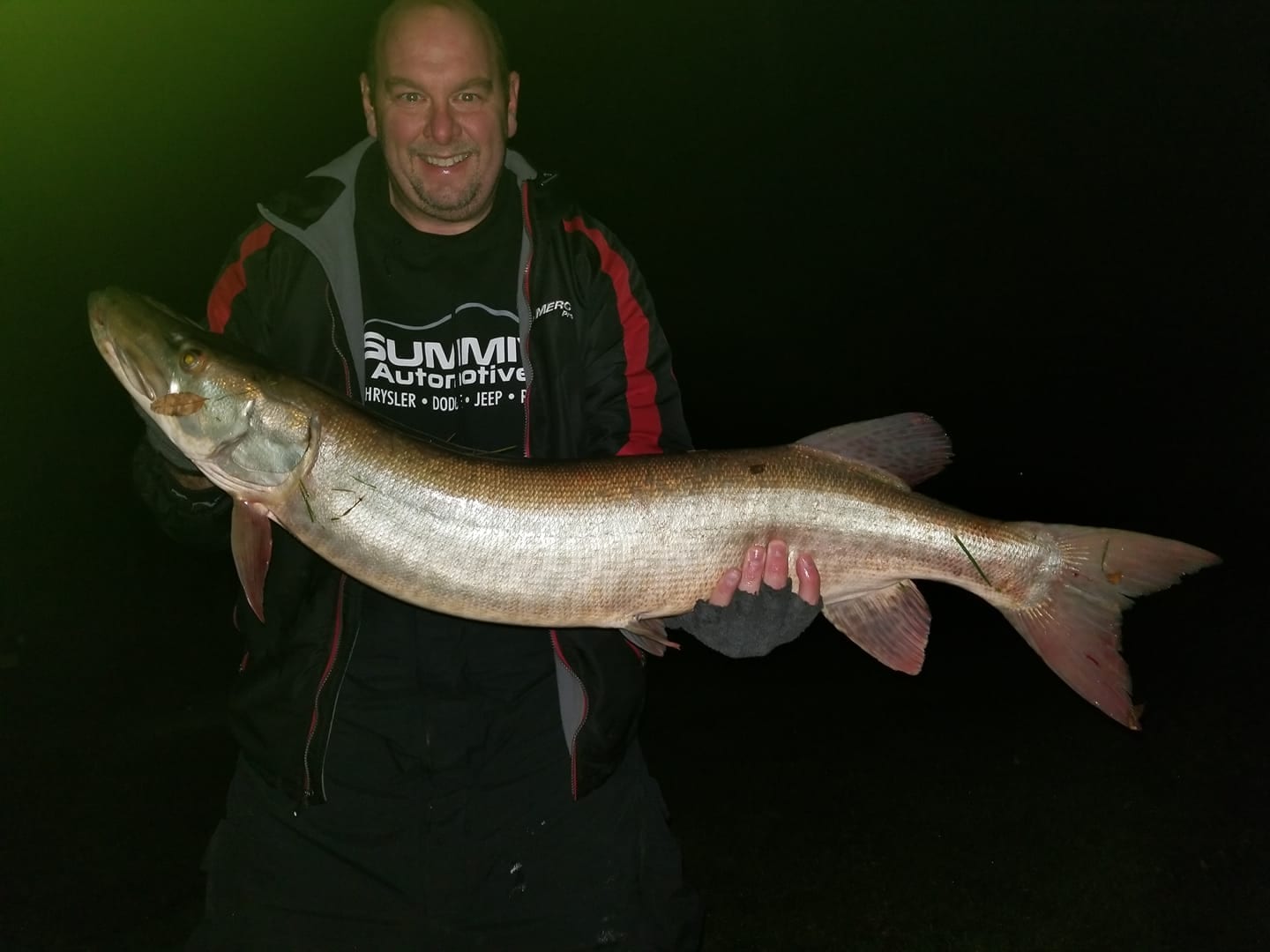 Fall walleyes tend to be predictable, much like in the spring. Accordingly, these fish will often stage in areas like a Wisconsin April spawning run, and prefer similar baits styles and presentations. They love current and warm water.
Fall walleyes tend to be predictable, much like in the spring. Accordingly, these fish will often stage in areas like a Wisconsin April spawning run, and prefer similar baits styles and presentations. They love current and warm water.
Bait choice should be large to mimic the end of the year bait, which has grown significantly over the summer. This year has seen shad pushing into the 9-10-inch ranges on Green Bay, and some even larger. Walleyes are on a high calorie diet this time of year, along with Muskies.
Many times, the slowest retrieve possible (almost painfully slow), with an occasional twitch and pause, is the preferred retrieve method especially in shallow water. At night, the walleyes tend to strike after the twitch. I only target late night trips this time of year, and some become all-nighters. On overcast nights, some type of metallic finish is critical, as it captures the minimal light to provide some flash.
Lake Winnebago, the Bay of Green Bay, Fox and Wolf Rivers have areas where warm water flows into the system. Often these are related to paper mills, waste treatment plants or just general runoff. These are ideal areas to target for the largest walleyes of the season, which are actively feeding. A few degrees of temperature change (warmth) this time of year can produce huge results. This method can be duplicated on many urban waterways throughout the Midwest. An example of these areas is the mouth of the Fond du Lac River, where a warm water outlet is available on the west end of Lakeside Park.
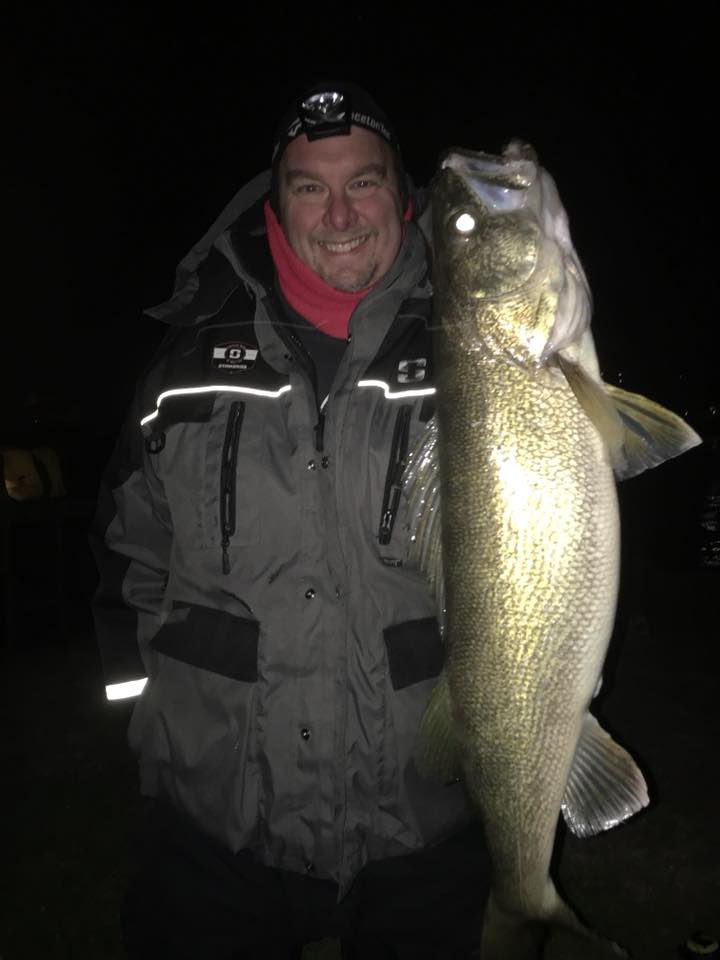 Additionally, wind direction can play a major factor as to how these fish set up related to the warm water. This last weekend, a minor wind direction change took my hot bite and made it nonexistent. A move up the shoreline of 25 yards, re-invigorated my evening. The south wind had blown the bait north, and the trophy walleyes moved north also. Attention to details and minor adjustments to your game plan can make a huge difference.
Additionally, wind direction can play a major factor as to how these fish set up related to the warm water. This last weekend, a minor wind direction change took my hot bite and made it nonexistent. A move up the shoreline of 25 yards, re-invigorated my evening. The south wind had blown the bait north, and the trophy walleyes moved north also. Attention to details and minor adjustments to your game plan can make a huge difference.
If you get cold, don’t like a stiff breeze in your face, or detest late nights….this may not be your thing. But all great things are worthy of a little pain. For more fishing tips, please feel free to reference www.myfishingpartner.com.

